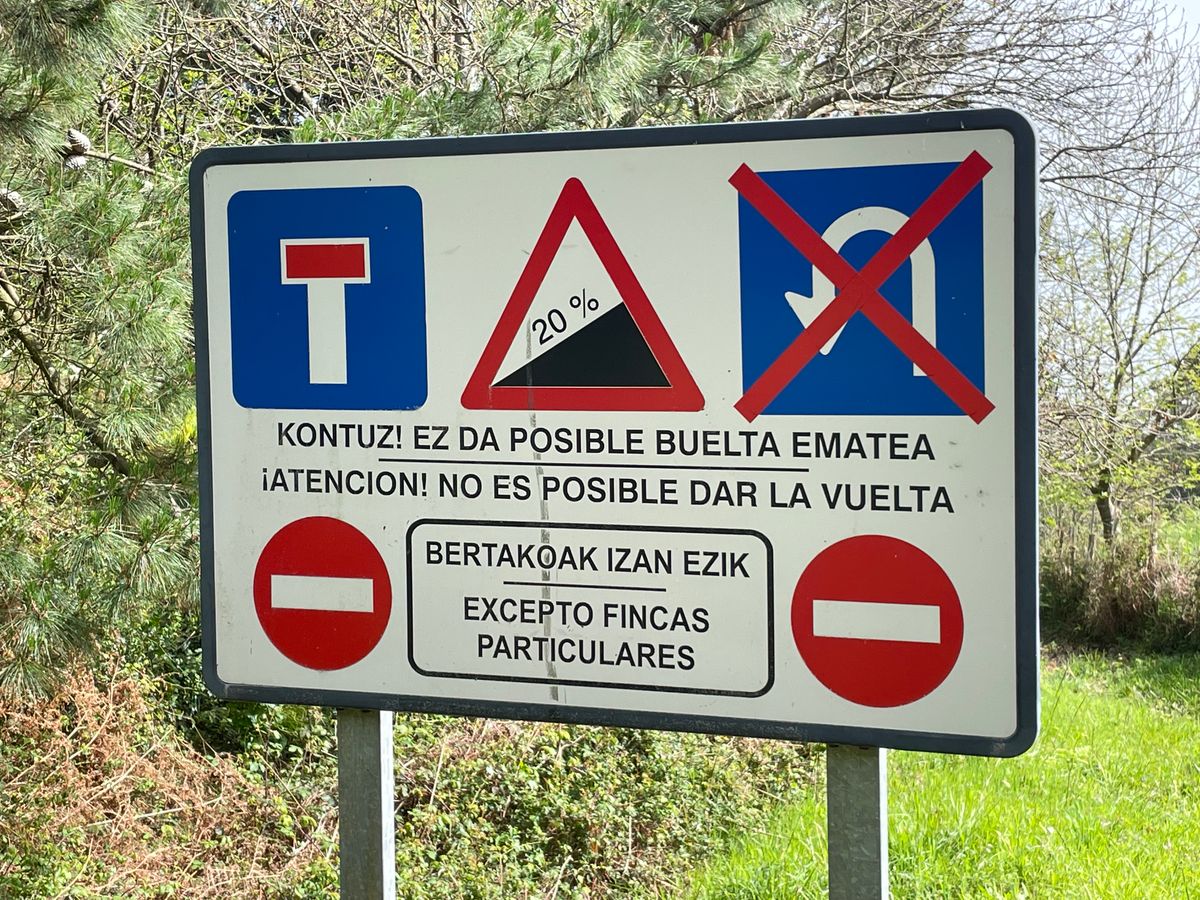Lead Magnets and GDPR
What are the rules for Lead Magnets within the General Data Protection Regulation (GDPR)?

Lead Magnets are giveaways for obtaining e-mail addresses of interested parties. What are the rules for Lead Magnets within the General Data Protection Regulation (GDPR)?
Lead Magnets and newsletter signup
GDPR requires specific, freely given and clear consent. Consent should not be a condition for receiving a lead magnet (gift, webinar, e-book, or workbook).
So if GDPR applies to you, then you can no longer add someone to the general marketing or newsletter list when they sign up or subscribe to a lead magnet.
It also means you can't add a newsletter tick to the opt-in and make it mandatory.
Specific permission for newsletter sign up
If someone wants to be added to your general marketing list, they must specifically agree to join the list, separate from any other offer. This means you can add a newsletter checkbox to the opt-in and make it optional.
This way, if someone enters their email AND checks the checkbox, they can be added to your newsletter list. If they only enter their email address, they'll only get the lead magnet and its follow-up.
Options to comply with GDPR
Here are options to offer a lead magnet and stay GDPR-compliant:
- Add a voluntary (unchecked) checkbox to your opt-in, asking if they also want to receive your newsletter.
- Create a "middle page or sandwich page" between the opt-in and the “Thank You” page asking if they wish to subscribe.
- Include a call to action in the email that gives access to the lead magnet.
- Include promotions for your newsletter in your lead magnet.
- Present the benefits of your newsletter and ask for specific permission in the email sequence for a lead magnet.
Also read: Introduction to GDPR



